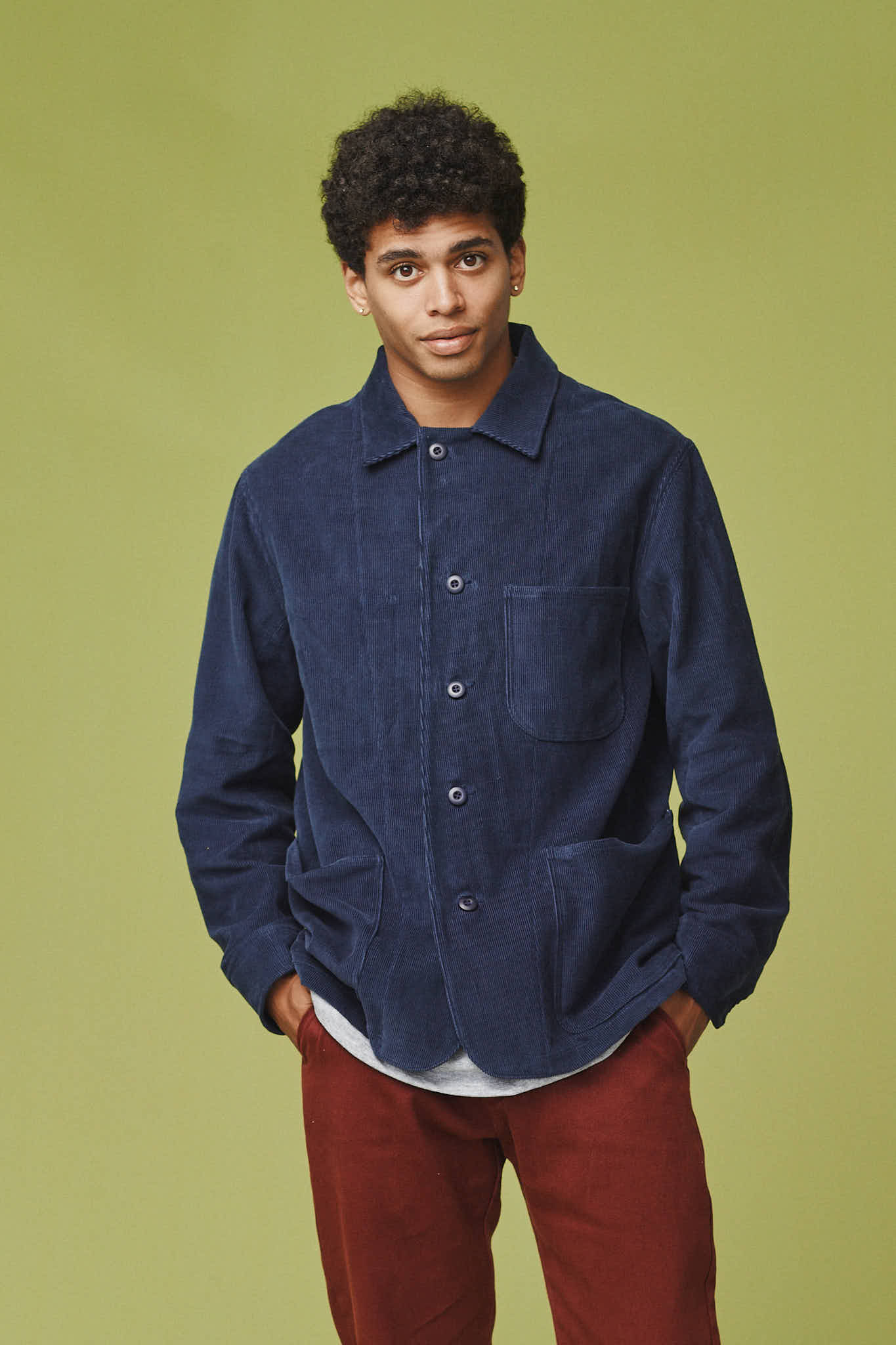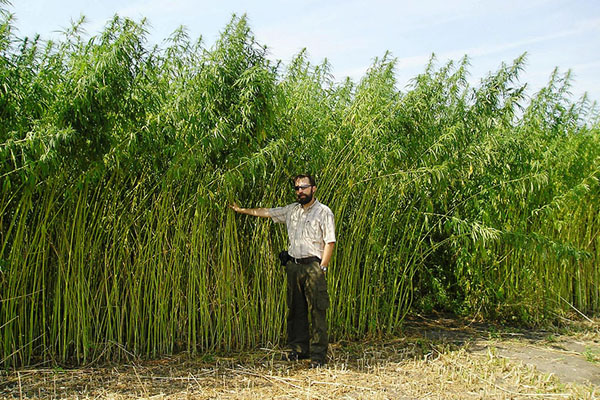Great Tips For Deciding On Bamboo Clothing
Wiki Article
What Are The Main Differences Between Hemp And Cotton With Regard To The Use Of Water, Pesticides And Herbicides.?
The hemp plant is thought to be more sustainable than cotton, in regards to herbicides, pesticides and water usage, among others.
Hemp- Hemp is well-known for its relatively minimal water needs compared to many other crops, including cotton. Hemp is a drought-resistant, low-irrigation plant. Hemp can be grown in numerous regions with rainwater only making it an effective water-saving option.
Cottonis a commodity that is known for its excessive water consumption. Cotton farming can require massive irrigation, which drains local water supplies and leads to water scarcity in water-stressed regions. The high water demand of cotton farming has led to questions about its sustainability.
Herbicides are pesticides.
Hemp- Hemp is naturally resistant to pests and disease and reduces the requirement for synthetic herbicides and pesticides. Although some hemp plants may require limited pest management measures, the overall reliance on chemical inputs is much lower than many other crops, like cotton. It is possible to grow organic hemp without pesticides.
Cotton - The conventional cotton farming industry is heavily dependent on synthetic insecticides and herbicides to fight off pests. The use of these chemical can have negative impacts on the environment, including contamination of water and soils. They may also harm non-targeted species, and can lead to pesticide-resistant pests.
Summary: Hemp is believed to be a more environmentally sustainable crop than cotton when it comes to the use of water, pesticides, herbicides.
Hemp needs less water for growth and can often be grown through rainwater, minimal irrigation, or even with no irrigation at all.
Hemp is naturally invulnerable to disease and pests and reduces the need for pesticides.
Hemp production is less dependent on synthetic pesticides as compared to cotton.
It is essential to be aware that the practices used to sustain farming and environmental protection may differ from one area or cultivator to another. Organic farming practices can further improve the sustainability of hemp and cotton by minimizing the usage of synthetic chemicals and improving the health of the soil. Regarding the environmental impact on clothes and textiles, choosing organic and sustainably made fibers can reduce the ecological footprint. Check out the best linked here for hemp clothes for site advice including patagonia hemp island pants, hemp sweatpants, clothes made from hemp, hemp and cotton fabric, patagonia hemp island pants, hemp long sleeve shirt, hemp trousers, womens hemp clothing, hemp clothing, hemp wear and more.

What Makes Hemp Fibers Water-Wicking And Breathable?
Hemp fibers are water-wicking and breathable. They also possess thermoregulatory properties because of their unique chemical and structural characteristics. These properties are a result of several factors. Microscopic structure- Hemp fibers possess pore-like hollow structures that permit air to circulate through the fibers. This porosity in hemp fibers make them extremely air-tight. When woven, or knitted together, this structure lets air flow. It promotes ventilation by preventing moisture and heat from getting trapped on the skin.
Wicking and Moisture Absorption- Hemp fibers are hydrophilic and have a strong affinity for water and absorb moisture easily. Wearing hemp clothes will help to absorb sweat and moisture. This will stop the sensation of being wet. The hemp fibers also disperse the moisture over a larger area so that it can evaporate more quickly. The moisture-wicking properties of hemp make you feel dry and comfortable when doing physical activity or in hot conditions.
Thermoregulation Hemp fibers possess natural insulating properties. If it's cold, they keep the body's heat and offer warmth. In hot temperatures, they aid to cool you by permitting excess heat and moisture to be able to escape. The inherent thermoregulatory properties of hemp clothing allow hemp clothing to be suitable for a range of temperatures.
Hemp fibers have natural antimicrobial properties that aid in preventing the growth of bacteria that cause odor. This characteristic contributes to the freshness and odor-resistant properties of hemp clothes even during times of intense physical activity.
Hemp fibers are long-lasting and are durable. This means that hemp clothing is able to be able to withstand repeated washing and wear without loosing breathability or losing moisture wicking properties. The durability of hemp clothing extends its life span, decreasing the requirement to replace it as well as the impact on the environment.
UV Protection Hemp fibers are an organic UV protector that shields the skin from damaging UV Rays. This UV blocker is a part of hemp clothing’s versatility, making it perfect for outdoor activity.
It is crucial to understand the fact that these qualities are found in hemp fibres. They do not rely upon chemical treatments or other additives. Hemp clothing is comfortable, durable and environmentally friendly due to its inherent properties. It's a great option for activewear as well as outdoor clothes and clothing for warm conditions. Additionally, these characteristics remain intact even when hemp fibers are transformed into textiles. View the best the full report about hemp clothes for site examples including hemp sweater, hemp button down shirt, hemp shirts mens, wholesale hemp fabric, hemp golf shirts, hemp and cotton fabric, hemp tank top, hemp pants mens, hemp swimsuit, hemp shirts and more.

What Are The Benefits That Bamboo Clothing Has To The Environment And For Comfort?
Bamboo clothing can be comfortable and environmentally friendly.
Softness Bamboo fabric is well-known for its extraordinary softness. It's silky and smooth to the sensation. Bamboo clothing can be luxuriously soft, which is why bamboo clothing is an extremely popular choice for intimate apparel.
Breathability- Bamboo fibers are naturally breathable and moisture-wicking. They're made of micro-gaps which let air circulate, keeping you cool and comfortable even in hot weather. The moisture-wicking properties help to pull sweat away from your skin, and reduce the feeling of dampness.
Bamboo clothing has excellent thermoregulation characteristics. It will keep you warm in colder temperatures by retaining heat close to the skin. In the heat, bamboo clothing can keep your body cool and allow moisture and heat to be able to escape. Bamboo clothing is suitable to wear all year round because it is able to adapt to various temperatures.
Hypoallergenic bamboo fabric is hypoallergenic, and gentle for sensitive skin. It is less likely to cause an allergic reaction or cause irritation. This is why it is a good option for those suffering from skin sensitivities and allergies.
Bamboo fibers are naturally antimicrobial, and can inhibit the growth of bacteria that cause the odor. This is a factor in the breathability and comfort of bamboo clothing, even in physical activity.
Environment-
Sustainability- Bamboo is a highly sustainable and renewable resource. Bamboo is one of the fastest growing plants in the entire world. It is able to grow with only a little water and doesn't require any pesticides. Bamboo can be harvested without killing the plant, as it regenerates by regenerating its roots.
Bamboo is a water-efficient plant by nature. It can be grown without irrigation and is usually grown with rainwater only. This reduces the environmental impact of water use in agriculture.
Biodegradability Bamboo clothing is biodegradable, meaning that it breaks down naturally as it is disposed. This reduces the amount of textile waste that is not biodegradable in landfills.
Carbon Sequestration. Bamboo can be utilized to store CO2 during its rapid expansion. Bamboo farming can reduce greenhouse gas emissions and serve as a carbon source.
Chemical Reduction. Bamboo fabric production typically requires the least amount of chemical processing and treatment than other textiles. As a result, the industry of textiles has a smaller environmental footprint.
Closed-Loop Production- Certain bamboo fabric production processes use closed loop systems, which recycle and reuse water and chemicals, minimizing the amount of waste and pollution.
Note that the impact of bamboo clothing on the environment can be different based on the kind of manufacturing process used, and whether bamboo was sourced ethically and sustainable from bamboo forests. Bamboo clothing made using environmentally friendly practices will give the most environmental benefits. View the most popular koraoutdoor.com outdoor clothing for more examples including bamboo leggings, dixxon bamboo shirt, kate quinn bamboo, bamboo sweater, rayon from bamboo fabric, bamboo apparel, bamboo shirts wholesale, ladies bamboo t shirts, bamboo jeans brand, bamboo jeans ross and more.
